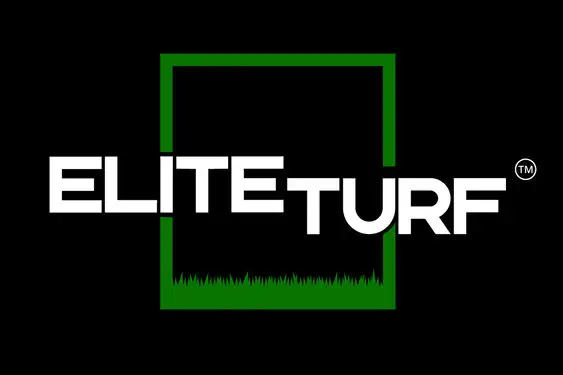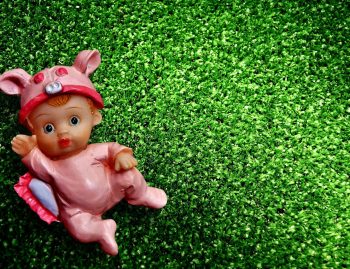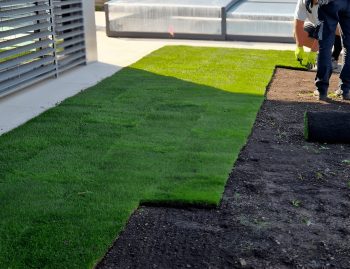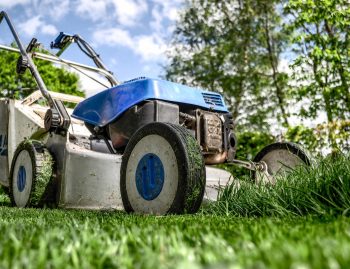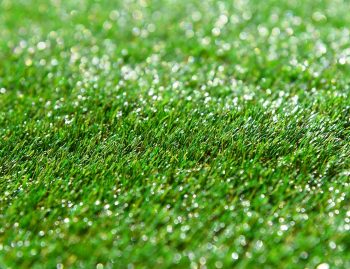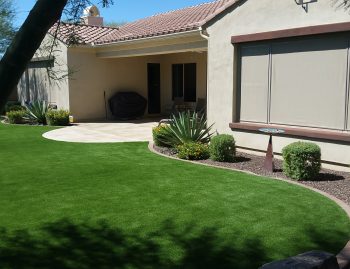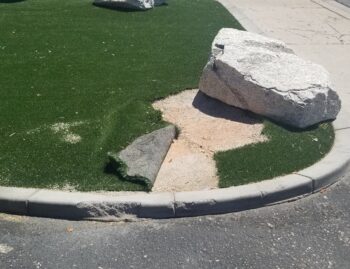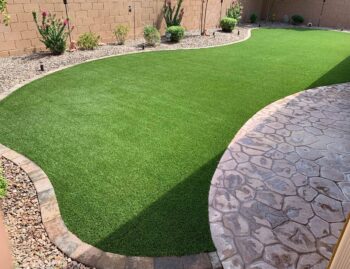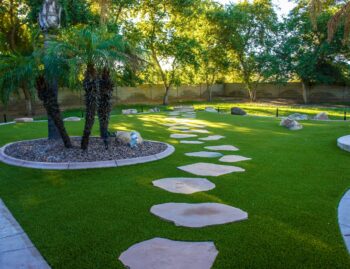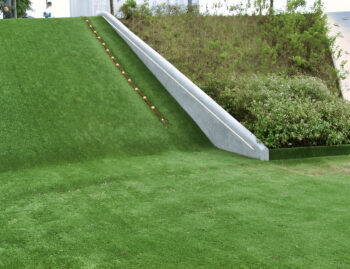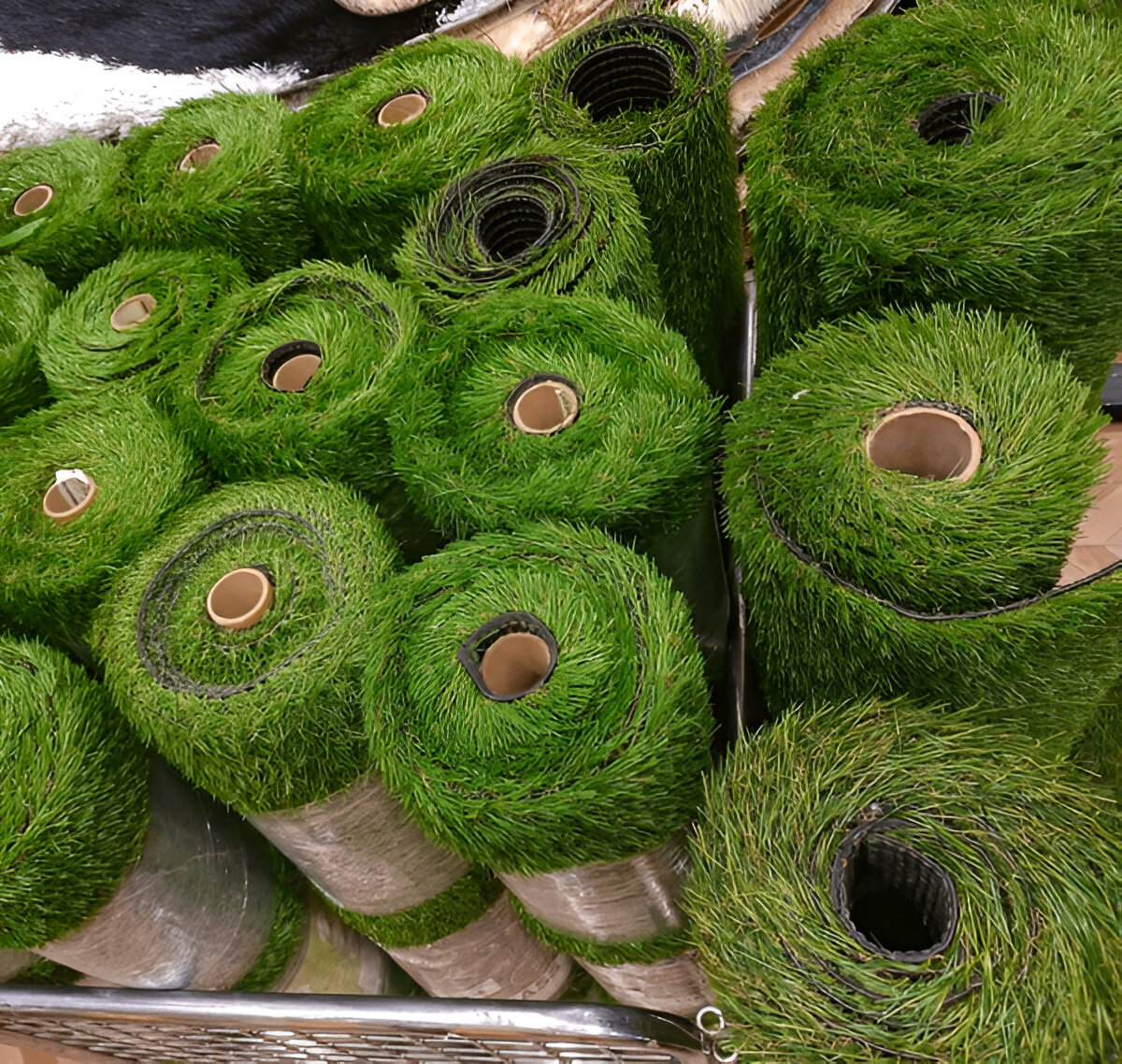
Planning to transform your outdoor space with artificial turf? You’re making a smart choice that brings lasting value to your property. Artificial turf has changed the way we landscape by providing a beautiful, low-maintenance option to natural grass.
This guide will help you figure out exactly how much artificial turf you need for your project. Getting these measurements right is really important – it directly affects your budget, installation timeline, and the final look of your landscape.
Understanding Artificial Turf
Artificial turf is a synthetic surface designed to replicate the look and feel of natural grass. Made from durable materials like polyethylene and polypropylene fibers, artificial grass creates a realistic, grass-like appearance that maintains its aesthetic appeal year-round.
Common Applications:
- Residential lawns and gardens
- Commercial landscapes
- Sports fields and playgrounds
- Pet areas and dog runs
- Rooftop gardens
- Pool surroundings
Key Advantages of Artificial Grass:
- Zero mowing requirements
- No need for fertilizers or pesticides
- Maintains color throughout all seasons
- Resistant to heavy foot traffic
- Eliminates mud and grass stains
- UV-resistant materials prevent fading
- Effective drainage systems prevent water pooling
Environmental Impact:
Artificial turf not only saves up to 56,000 gallons of water per year for an average lawn but also eliminates gas-powered lawn equipment emissions, reduces chemical runoff from fertilizers, decreases yard waste in landfills, and supports water conservation efforts in drought-prone areas like Phoenix. These benefits make it the perfect choice for your Phoenix landscape.
The durability of artificial turf extends beyond its aesthetic appeal – a properly installed system can last 15-20 years under typical residential use. This longevity, combined with its minimal maintenance requirements, makes artificial grass an increasingly popular choice for property owners seeking sustainable landscaping solutions.
Measuring Your Area for Artificial Turf
Accurate measurements serve as the foundation for a successful artificial turf installation. A precise calculation helps you avoid costly mistakes and ensures you purchase the right amount of material for your project.
Basic Tools You’ll Need:
- Measuring tape (25-50 feet long)
- Paper and pencil
- Calculator
- Graph paper (for complex layouts)
Step-by-Step Measurement Process:
- Clear the installation area
- Mark the boundaries
- Take multiple measurements for accuracy
- Document your measurements
- Draw a rough sketch of the area
Rectangular and Square Areas
Calculating square footage for rectangular or square areas follows a simple formula:
Length × Width = Square Footage
Remember to measure twice to ensure accuracy. Small measurement errors can lead to significant discrepancies in your final calculations. Professional installers like Elite Turf use laser measuring tools for precise measurements, especially in large or complex installations.
Laying Artificial Turf
Once you’ve measured your area accurately, you’re ready to lay down your artificial turf. This process can significantly enhance your outdoor space, providing a low-maintenance alternative to natural grass.
1. for Pet Owners
If you’re a dog owner in Arizona, you’ll be pleased to know that artificial turf can be a game changer for pet owners. It’s durable, easy to clean, and provides a safe environment for your pets to play on.
2. Circular Areas
Calculating artificial turf for circular areas requires a specific formula to ensure accurate measurements. The formula for a circular area is:
Area = π × r²
Where:
π (pi) = 3.14
r = radius (distance from center to edge)
3. Triangular Areas
To calculate the area of a triangle, you need to use a specific formula: multiply the base by the height, then divide by 2. Here’s an example to illustrate this:
4. Irregularly Shaped Areas
Measuring irregularly shaped areas requires a strategic approach. Break down your space into basic geometric shapes – rectangles, triangles, or circles. This method, known as area subdivision, helps achieve accurate measurements for your artificial turf project.
Here’s a practical method to measure irregular areas:
- Sketch Your Space: Draw a rough diagram of the area
- Divide Into Shapes: Split the space into recognizable geometric forms
- Measure Each Section: Calculate the area of individual shapes
- Add Areas Together: Sum up all measurements for total square footage
Accounting for Waste Factor in Your Calculations
Accurate artificial turf calculations must include a waste factor to account for cutting, shaping, and potential installation errors. A standard 10-15% waste factor ensures you have sufficient material to complete your project without running short.
Here’s how waste factors impact your calculations:
- Seam Allowances: Add 3-4 inches extra for joining turf sections
- Pattern Matching: Complex designs require additional material for proper alignment
- Curved Edges: Shaping around curves creates more waste than straight cuts
- Safety Buffer: Extra material protects against measurement errors
To calculate your total turf needs with waste factor:
Multiply your base square footage by 1.10 (for 10% waste)
Professional Tip: For intricate designs or complex installations, consider increasing your waste factor to 15-20%. The small additional cost provides peace of mind and prevents costly reorders due to material shortages.
When planning your artificial turf project, you might also consider incorporating elements like fire pits into your outdoor space. The addition of a fire pit can significantly enhance the ambiance and functionality of your yard, making it a perfect complement to your new turf installation.
Considering Roll Widths and Their Impact on Calculations
Artificial turf comes in standard roll widths that influence your purchasing decisions and installation plans. The most common widths you’ll find are:
- 12-foot rolls
- 15-foot rolls
Roll width plays a crucial role in your calculations. Let’s say you have a 24-foot wide yard – using 12-foot rolls means you’ll need two pieces with one seam, while a 15-foot roll requires two pieces with excess material to trim.
Seam Management Tips:
- Position seams perpendicular to the main viewing angle
- Align turf blades in the same direction at seams
- Plan seam placement away from high-traffic areas
Wider rolls offer distinct advantages:
- Reduced number of seams
- Less waste material
- Smoother, more natural appearance
- Faster installation time
- Lower risk of seam separation
Estimating Costs for Your Artificial Turf Project
Understanding the cost breakdown of your artificial turf project helps you plan and budget effectively. Here’s what you need to consider:
Base Material Costs
- Premium artificial turf: $2.50 to $5.50 per square foot
- Commercial-grade turf: $5.50 to $8.00 per square foot
- Sports-specific turf: $8.00 to $12.00 per square foot
Installation Materials
- Base aggregate: $0.50 to $1.00 per square foot
- Weed barrier fabric: $0.30 to $0.50 per square foot
- Infill materials: $0.40 to $0.80 per square foot
- Seaming materials: $0.25 to $0.45 per square foot
Labor and Professional Services
- Site preparation: $1.50 to $3.00 per square foot
- Professional installation: $3.00 to $5.00 per square foot
- Drainage system setup: $1.00 to $2.00 per square foot
Additional Equipment
- Power broom rental: $50-100 per day
- Compaction equipment: $75-150 per day
- Cutting tools: $25-75 purchase cost
Using Online Calculators to Simplify Your Estimations
Digital technology has changed the way you can plan your artificial turf project. Online calculators make the estimation process easier, removing complicated math calculations and lowering the chance of measurement mistakes.
These specialized tools offer:
- Square Footage Calculators: Input your area measurements for instant calculations
- Roll Width Optimizers: Determine the most efficient roll width for your space
- Waste Factor Integration: Automatic inclusion of recommended waste percentages
- Cost Estimators: Built-in price calculations based on current market rates
Many manufacturers and suppliers provide free calculators on their websites. You’ll find user-friendly interfaces where you can input:
- Area dimensions
- Shape specifications
- Project type (residential/commercial)
- Desired turf quality
Elite Turf’s online calculator takes into account Phoenix’s specific installation requirements, helping you generate accurate estimates tailored to local conditions. The tool factors in Arizona’s climate considerations and provides recommendations for UV-resistant turf options suited to the desert environment.
The Advantages of Professional Installation in Phoenix, AZ
Professional installation of artificial turf in Phoenix requires specialized expertise due to the unique climate challenges. Elite Turf, led by Shawn Ramey, brings over 15 years of local experience to every installation project.
Key Benefits of Professional Installation:
- Expert Site Preparation: Proper ground leveling and base preparation ensure long-lasting results
- Professional Drainage Solutions: Custom drainage systems prevent water pooling and extend turf lifespan
- Heat-Resistant Installation: Specialized techniques account for Phoenix’s extreme temperatures
- Precise Seam Work: Invisible seams create a natural, seamless appearance
- Local Climate Knowledge: Understanding of Arizona’s weather patterns influences installation methods
FAQs (Frequently Asked Questions)
Artificial turf is a synthetic surface made to look like natural grass, commonly used in landscaping for its low maintenance requirements and durability. Benefits include water conservation, reduced need for mowing and fertilization, and a consistent appearance throughout the year.
Accounting for waste is crucial to ensure you have enough material to complete your project. It is recommended to consider a waste percentage of around 10%, which helps cover any cutting or shaping required during installation and impacts overall cost.
Standard roll widths for artificial turf typically include 12ft and 15ft options. Choosing wider rolls can help minimize seams in the final installation, which not only improves aesthetics but also reduces potential weak points in the turf.
Estimating costs involves considering various factors such as materials, labor, and additional expenses like infill materials or tools needed for installation. It’s important to break down these costs to get a comprehensive view of your budget.
Yes, there are online calculators specifically designed to help homeowners estimate their turf requirements based on inputs like area size and desired roll width. These tools simplify the estimation process and ensure more accurate planning for your project.
